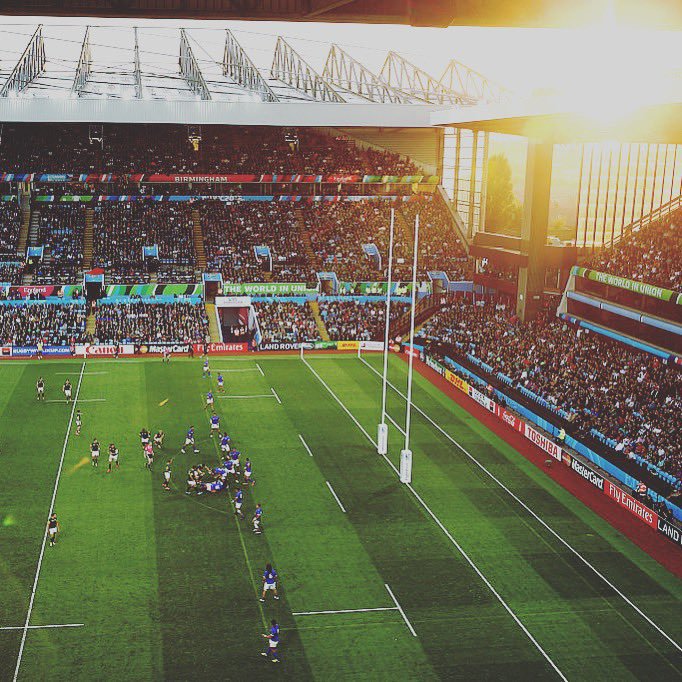Last week, rugby threatened to go dangerously out of perspective with the bickering over cancelled matches at the World Cup in Japan.
The loss of life caused by Typhoon Hagibis was tragic, but to some, getting on with the show was more important.
The episode demonstrated rugby’s penchant for small-mindedness, and it added to the deep fault lines exposed at the World Cup.
Rugby enjoys a sniffy attitude regarding its place among other sports, but it has much cleaning up of its own to do.
Quite evidently, member unions don’t show the mother body (World Rugby) the love it requires. The way Scotland stomped and sulked at the prospect of their match against Japan being called off was unedifying. So too Ireland’s posturing over Bundee Aki’s red card.
Rugby, more than most sports, is a game of swings and roundabouts: some things go a team’s way, some don’t. It all tends to even out.
The teams at the World Cup signed a participation agreement, binding them to the rules and regulations. To double-back and try and re-visit these was cynical, especially when smaller teams like Namibia and Canada just got on with it.
They, too, had much riding on their abandoned fixture. The response of Canada was glorious. Rather than whimper home, they rolled up their sleeves and got stuck in cleaning up after the typhoon had wreaked havoc in Kamaishi.
The fault lines were especially evident with the lesser teams, who attracted rigorous refereeing attention, the offsides law being a case in point.
The laws themselves are a jumble made worse by extravagant application. In Japan, one man’s offside is another man’s opportunity. There’s been flagrant disregard for the offside line with few referees prepared to vigorously police this area.
The biggest part of the game screaming for a fair shake is the tackle. Hardly a game goes by without either a dangerously illegal tackle or a peculiar interpretation. The sheer shape, size and power of modern players demands that collisions be given urgent attention, but too much guess work goes into deciding what’s what. It’s not always the referee’s fault, either. Increasingly, ball carriers are dipping down, obviously determined to milk the penalty. This action practically guarantees contact with the head, an automatic offence. Intent doesn’t come into the referee’s reckoning, but perhaps it should given how grey this area of the game has become.
Red and yellow cards have proliferated. Nothing wrong with this, but the effects can be too punitive as we saw when Tomas Lavanini was carded against England. Send-offs disfigure the game and provide a disproportionate disadvantage to the guilty player’s team. There must be another way.
The 2019 edition reminded us yet again of the iniquities around game scheduling. While a global calendar remains as rare as Donald Trump good hair days, the lesser lights continue to operate on the margins. Teams like Uruguay, Tonga, Fiji and Japan offered much, but we hardly see them between World Cups.
Attempts were made to start up a Nations Championship, which would have had a third division for developing nations, but this was killed off by the old boys’ club in January. Feeding off scraps remains.
As grand as the World Cup has been, the game obviously still has much to remedy.
As you were, then. – © Sunday Tribune

